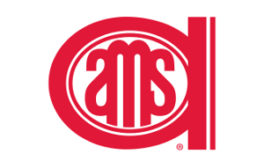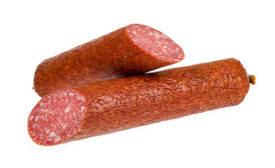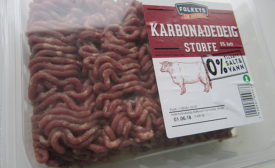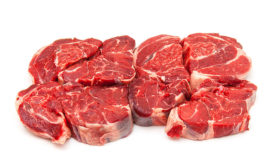Home » American Meat Science Association (AMSA)
Articles Tagged with ''American Meat Science Association (AMSA)''
Meat Science Review
Kansas City BBQ takes over 71st RMC
Attendees at this year's Reciprocal Meat Conference tasted and experienced authentic Kansas City-style barbecue.
September 18, 2018
Meat Science Review
Mulitple-hurdle antimicrobial interventions and ground beef quality
August 9, 2018
Stay ahead of the curve. Unlock a dose of cutting-edge insights.
Receive our premium content directly to your inbox.
SIGN-UP TODAYCopyright ©2024. All Rights Reserved BNP Media.
Design, CMS, Hosting & Web Development :: ePublishing






